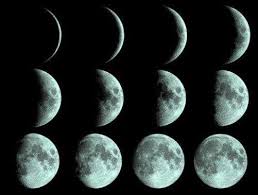Longitude and time are closely interconnected due to the Earth’s rotation. Here’s how they relate:
Key Concepts:
- Earth’s Rotation:
- The Earth rotates 360° in 24 hours, which means it rotates 15° per hour.
- This creates a direct relationship between longitude and time, where 1° of longitude equals 4 minutes of time (60 minutes ÷ 15° = 4 minutes per degree).
- Time Zones:
- The Earth is divided into 24 time zones, each spanning 15° of longitude.
- The Prime Meridian (0° longitude), passing through Greenwich, England, is the reference point for Greenwich Mean Time (GMT).
- Moving east of the Prime Meridian, time increases, while moving west, time decreases.
- Local Time:
- Local time at any place is determined by its longitude. For every degree east of Greenwich, local time is 4 minutes ahead, and for every degree west, it is 4 minutes behind.
Examples:
- Longitude and Time Difference:
- If a city is located at 75° East, its local time will be 5 hours ahead of GMT (75° ÷ 15° = 5 hours).
- Similarly, a city at 90° West will be 6 hours behind GMT (90° ÷ 15° = 6 hours).
- India’s Standard Time:
- India uses Indian Standard Time (IST), which is based on the longitude 82.5° East.
- IST is 5 hours and 30 minutes ahead of GMT (82.5° ÷ 15° = 5.5 hours).
This relationship between longitude and time is fundamental for navigation, timekeeping, and global coordination.




